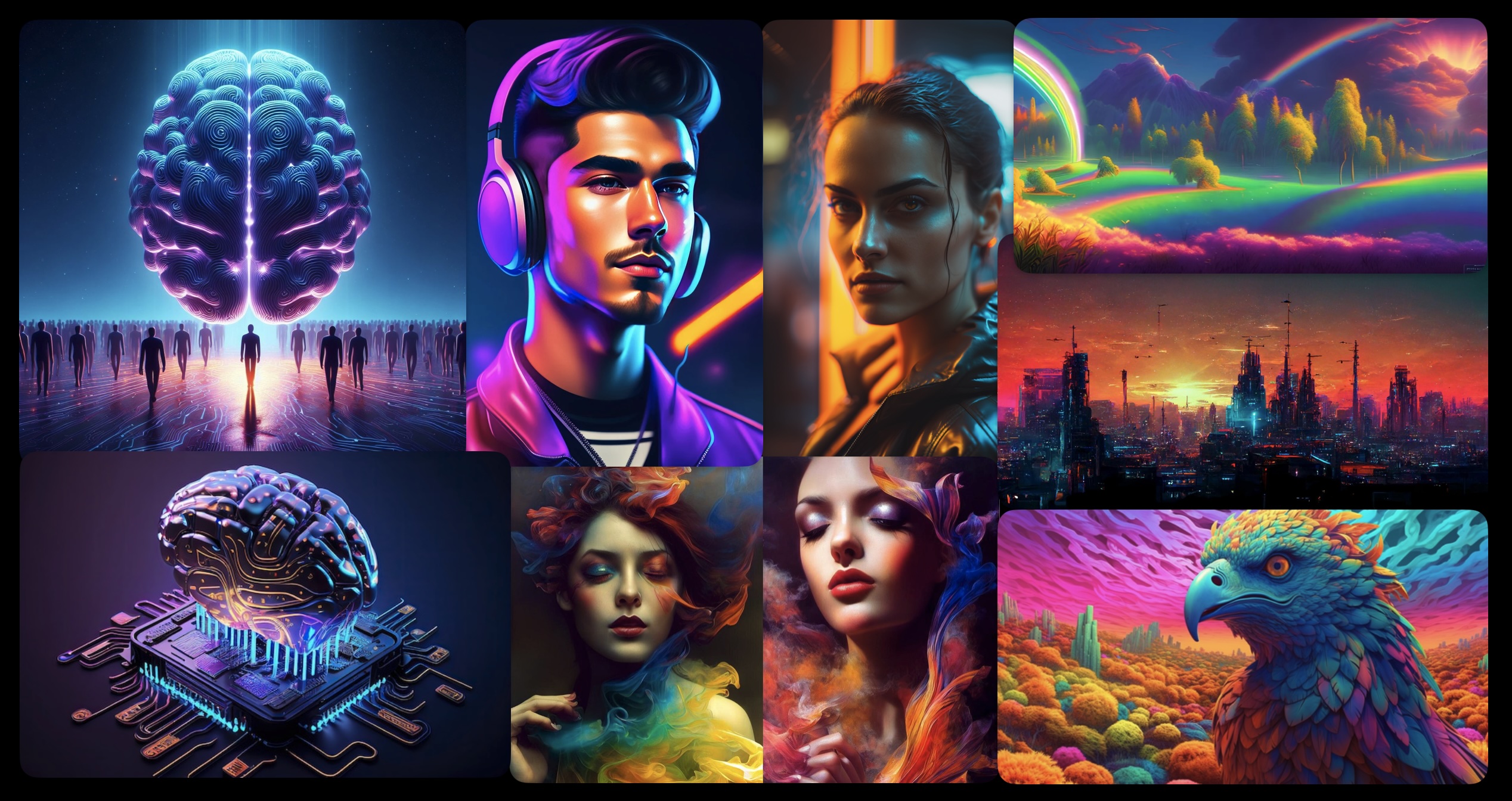I remember when the first powerful Macs came out, like the Quadra, enabling desktop publishing tools like Aldus PageMaker to fuel the desktop revolution. Suddenly anyone could create a “design” (in the nouning of a verb, objectifying sense) and print materials, but graphics often came from clipart catalogs since digital cameras were not yet common.

Today I feel déjà vu with the overuse of AI generative image styles like what I call “Rainbow Cyber.” But the cliché tropes and popularity of Rainbow Cyber make it function more like clipart – a pre-packaged common visual shorthand for a particular set of unstated beliefs and political ideas, rather than a bespoke visual creation with an explicit statement.
Our digital culture moves quickly. How soon before Rainbow Cyber is seen as cheesy as the clipart of the 80s and 90s?

This slightly more vibrant take on the cold dystopian neon blue/green cyberlibertarian aesthetic has some key differences from retro clipart: higher resolution, wider color gamut, and seemingly infinite variation
Perhaps this shift away from minimalist dystopian tones previews more hopeful yearnings inside mainstream technocratic, disembodied, and disconnected individualism of popular culture. But these kaleidoscopic dreams are still within technosolutionism politics and its inherent authoritarian, anti-democratic, anti-plural, reductionist modes.
More media literacy and critical thinking about Rainbow Cyberlibertarian distraction tactics are needed to help increase our awareness about the inherently political nature of all technology.
